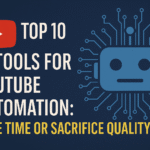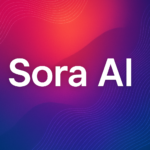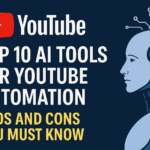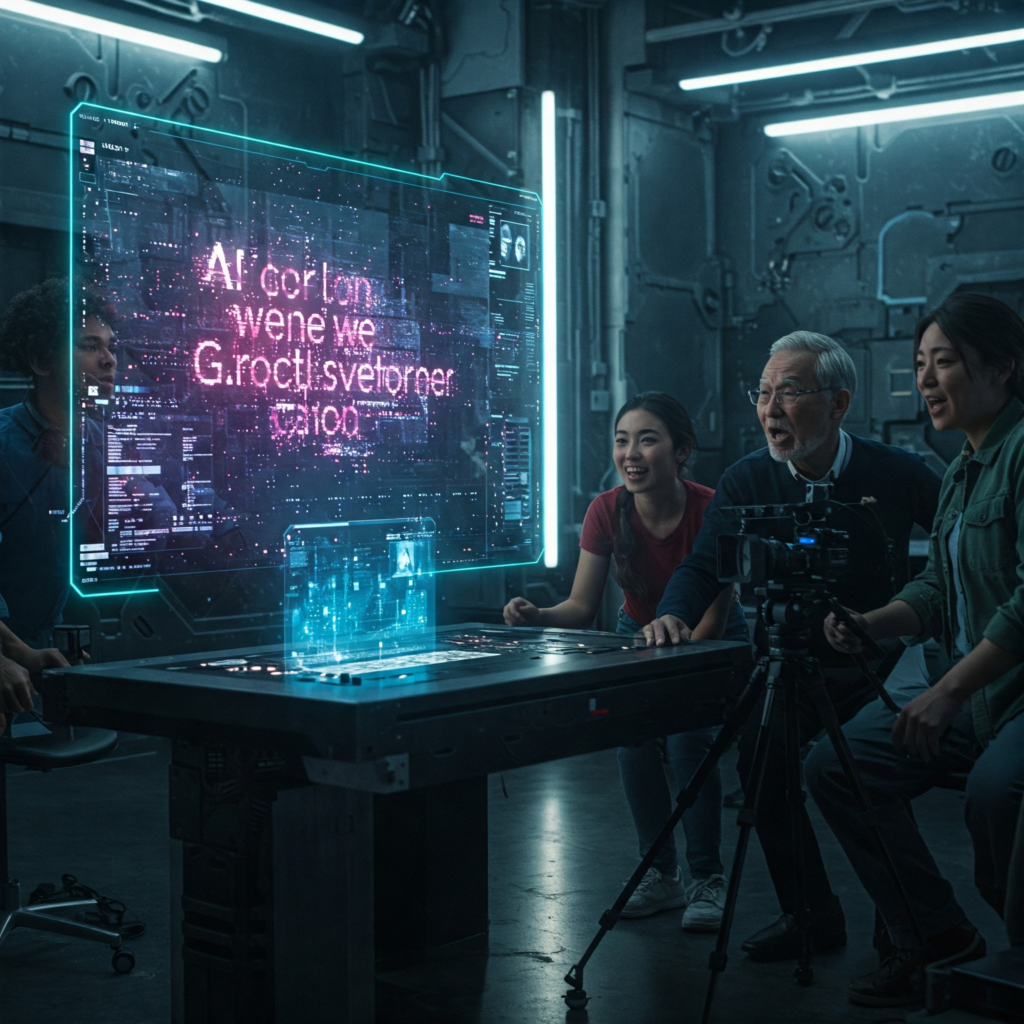
Imagine this: You wake up with an incredible movie idea. Instead of scrambling for funding, actors, and equipment, you simply type out your vision—and an AI generates a full trailer within minutes. Sounds like science fiction? Meet Sora AI, OpenAI’s revolutionary text-to-video tool that’s turning this fantasy into reality.
But here’s the big question: Is Sora the future of filmmaking, or just another overhyped tech demo? Let’s break it all down—the magic, the risks, and what it really means for creators like you.
What Exactly Is Sora AI?
Sora AI is OpenAI’s newest breakthrough—an advanced artificial intelligence that transforms written descriptions into realistic, high-definition videos. Think of it like ChatGPT for filmmaking: you feed it a prompt, and it spits out a video that matches your imagination.
How Is Sora Different From Other AI Video Tools?
- Higher Quality – Unlike older AI video generators (looking at you, Runway and Pika), Sora produces smoother, more lifelike footage with better physics and lighting.
- Longer Clips – While most AI tools max out at 4-5 seconds, Sora can generate up to 60 seconds of coherent video.
- Cinematic Understanding – It doesn’t just stitch together random clips. Sora actually gets film language—camera angles, pacing, and even emotional tone.
Want a cyberpunk chase scene? A documentary-style nature shot? A cartoon cat dancing in a tuxedo? Type it in, and Sora will try its best to deliver.
How Does Sora AI Actually Work?
At its core, Sora is a diffusion model—meaning it starts with random noise and gradually refines it into a structured video. But here’s where it gets wild:
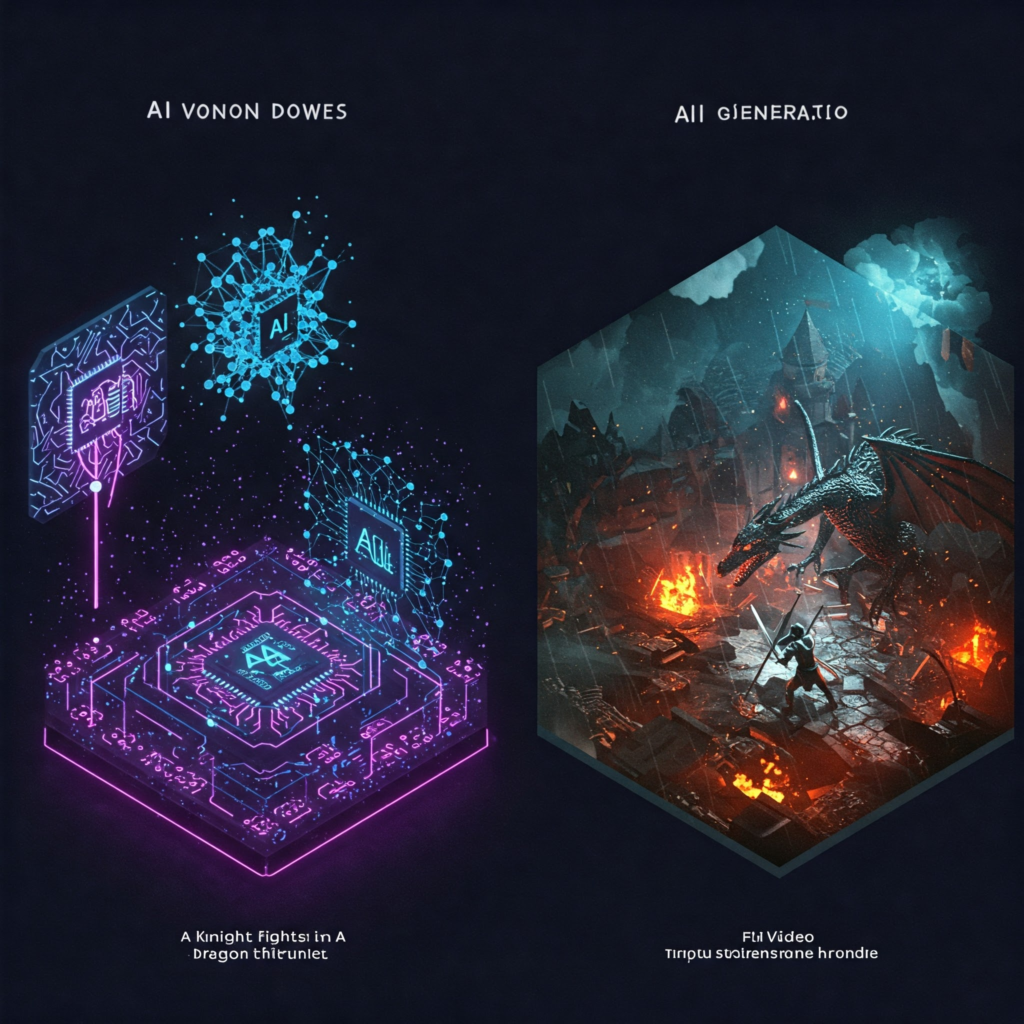
- It Learns From Millions of Videos – Sora was trained on a massive dataset of real footage, so it understands how objects move, how light reflects, and even how emotions look on faces.
- It Breaks Down Your Prompt – If you type “a knight fighting a dragon in a stormy castle,” Sora doesn’t just guess. It analyzes:
- What a knight looks like
- How a dragon moves
- How rain and lightning affect the scene
- It Builds the Video Frame by Frame – The AI doesn’t just copy-paste clips. It generates new ones that fit your description.
The Catch? It’s Not Perfect (Yet)
- Weird Physics Glitches – Sometimes, water flows unnaturally or shadows don’t quite match.
- Uncanny Valley Faces – Human expressions can look slightly off.
- Limited Control – You can’t fine-tune small details (yet).
Still, for a first-generation tool, it’s scarily impressive.
Why Should You Care About Sora AI?
Whether you’re a filmmaker, marketer, or just a tech enthusiast, Sora is a big freaking deal. Here’s why:
1. It Democratizes Filmmaking
No budget? No problem. Sora lets anyone create professional-looking videos without:
- Hiring actors
- Renting cameras
- Building expensive sets
Indie creators, YouTube filmmakers, and even small businesses can now compete with big studios.
2. It’s a Game-Changer for Marketing
Imagine:
- Instant ad variations (No reshoots needed!)
- Personalized video content (Different versions for different audiences)
- Faster prototyping (Test concepts before investing in production)
Brands like Nike and Coca-Cola are already experimenting with AI-generated ads.
3. It Could Revolutionize Education & Training
- History teachers could generate realistic scenes from ancient Rome.
- Medical students could watch AI-generated surgeries.
- Corporate trainers could simulate real-world scenarios.
The possibilities are endless.
The Dark Side of Sora AI: Risks & Controversies
Of course, with great power comes great responsibility—and Sora has some serious red flags.
1. Deepfakes & Misinformation
If Sora can make hyper-realistic fake videos, what’s stopping:
- Fake news reports?
- Celebrity scandals?
- Political manipulation?
OpenAI says they’re adding watermarks and detection tools, but bad actors always find workarounds.
2. Will AI Replace Filmmakers?
This is the #1 fear in Hollywood. Could Sora eventually replace:
- Animators?
- Editors?
- Even actors?
The truth? AI is a tool, not a replacement. The best films will always need human creativity, emotion, and storytelling.
3. Legal Battles Over Copyright
- Who owns AI-generated videos?
- Did OpenAI violate copyright by training Sora on existing films?
- Can you copyright an AI-made movie?
These questions are still being debated in courts worldwide.
FAQ: Your Burning Questions About Sora AI
Q: When can I use Sora AI?
A: Right now, it’s in limited testing with select creators. OpenAI hasn’t announced a public release date yet, but experts predict late 2025 or early 2026.
Q: How much will Sora cost?
A: No official pricing yet, but expect a subscription model (like ChatGPT Plus). Free versions may have limits.
Q: Can I make a full movie with Sora?
A: Not yet. Current clips max out at 60 seconds, but future updates may allow longer sequences.
Q: Is Sora better than Runway or Pika?
A: Yes, in terms of quality and length. But Runway still offers more manual control for editors.
Q: Will Sora put video editors out of work?
A: Unlikely. Instead, it’ll become a new tool in their toolkit—speeding up workflows rather than replacing jobs.
The Future of Sora AI: What’s Next?
OpenAI isn’t stopping here. Future upgrades might include:

- Longer videos (5+ minutes?)
- Sound & voice integration (AI-generated dialogue?)
- Better fine-tuning (Control camera angles, lighting, etc.)
Some predict that within 5 years, we’ll see the first AI-generated Oscar nominee.
Final Verdict: Should You Be Excited or Scared?
Sora AI is both thrilling and terrifying. It unlocks unprecedented creative freedom but also brings real risks.
The key takeaway? AI won’t replace artists—but artists who use AI will replace those who don’t.
So, what do you think? Is Sora the future of film, or are we heading toward a dystopian deepfake nightmare? Drop your thoughts below!
Liked this deep dive? Share it with a friend who loves tech or film! also read more about AI tools b/m.
AI Movie Generator: Create Your Own Film Without a Camera or Crew
Artistic Photography: A New Era of Creativity with AI Tools
Sora AI: Revolutionizing the Future of Artificial Intelligence
Hi, I’m Santu Kanwasi, a passionate blogger with over 2 years of experience in content writing and blogging. I create original, informative, and engaging articles on a wide range of topics including news, trending updates, and more. Writing is not just my profession—it’s my passion. I personally research and write every article to ensure authenticity and value for my readers.
Whether you’re looking for fresh perspectives or reliable updates, my blog is your go-to source!


